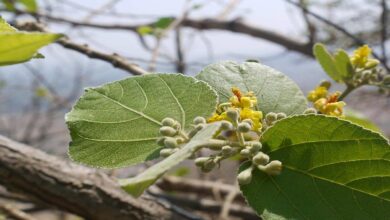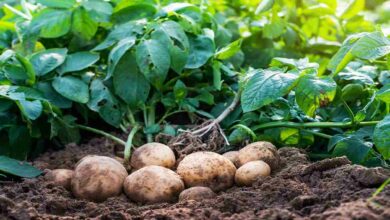Millet Cultivation: Cultivate this crop in March, you will become rich in May
Millet Cultivation: In the Mayapur village in the Tankuppa block area of the Gaya district of Bihar, there is a Center of Excellence for coarse grains. The location of pearl millet’s extensive cultivation. Additionally, farmers are being urged to grow wheat. How millet is grown. What is the associated cost? How much water is required? Dr. Rahul Priyadarshi, an agricultural scientist at ICRISAT and the Center of Excellence, spoke to the media about this.

Dr. Rahul Priyadarshi, an agricultural expert, said that the farmer should first choose an area suitable for millet growth. where waterlogging does not occur. Following field preparation, millet may be grown by choosing better seed varieties and managing fertilizer and irrigation appropriately. Millet may be grown throughout the summer months. Where there is less rainfall, it produces more. It should not be grown in regions with a lot of rainfall. It produces well in areas with 40–60 cm of rainfall on average. Irrigation is not necessary if the rain persists. For this farming, temperatures between 32 and 37 degrees Celsius are ideal.
The best month to grow millet is March
Almost every kind of soil may be used for millet cultivation. The best soil type, however, is sandy loam. Waterlogged terrain is unsuitable for its cultivation. Long-term waterlogging causes illnesses in plants. As a result, the crops are ruined. It negatively impacts the yield as well. Do you want to grow millet? The best time to plant it is in March. Its cultivation does not need a large financial investment.
It takes 90 days for millet to ripen
It is grown at very low cost. given that it is highly priced. It is a valuable source of income for farmers. One acre of millet yields 10 to 15 quintals. However, it also relies on fertilizer management, irrigation, and millet variety. The millet crop ripens in ninety days. Farmers may make excellent profits by growing it since it takes less time, costs less, produces better, is more affordable, and has a high nutritional value.





